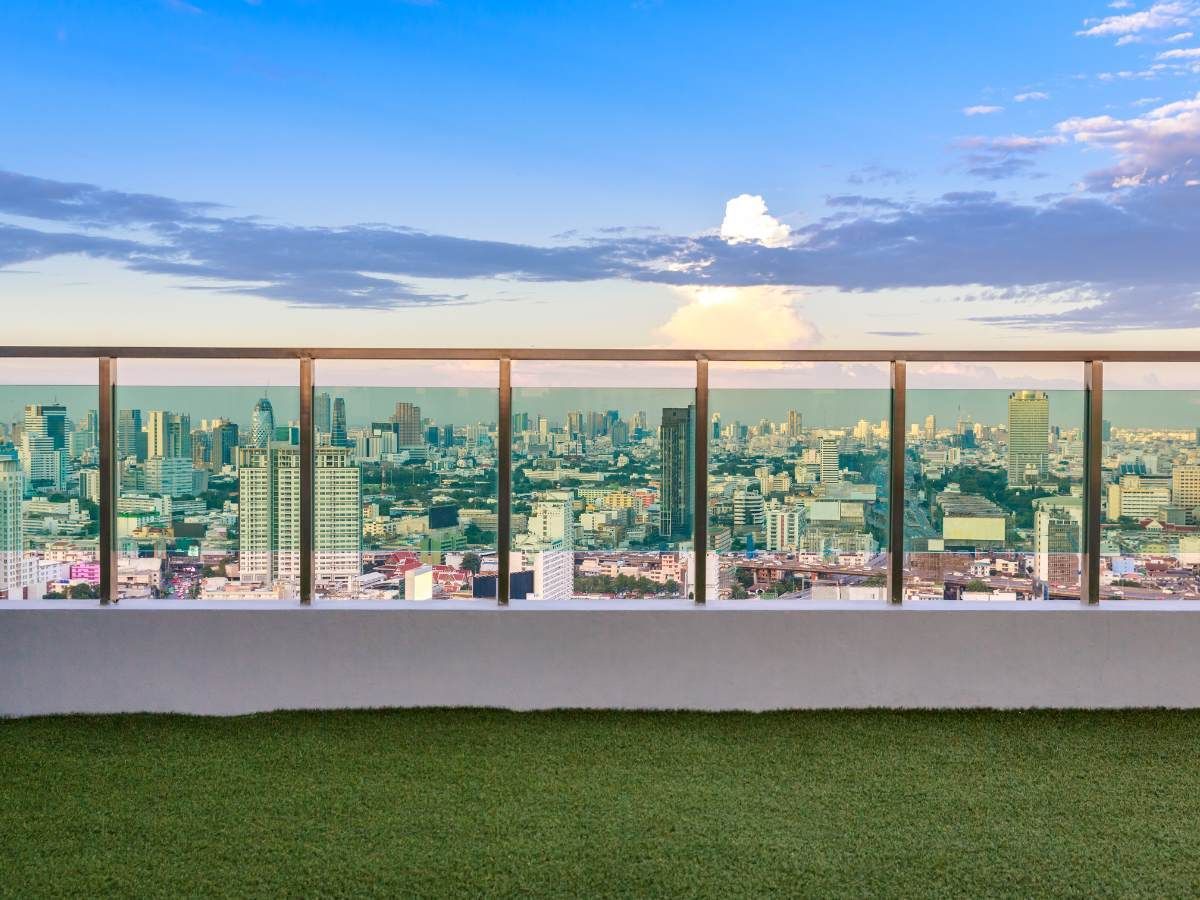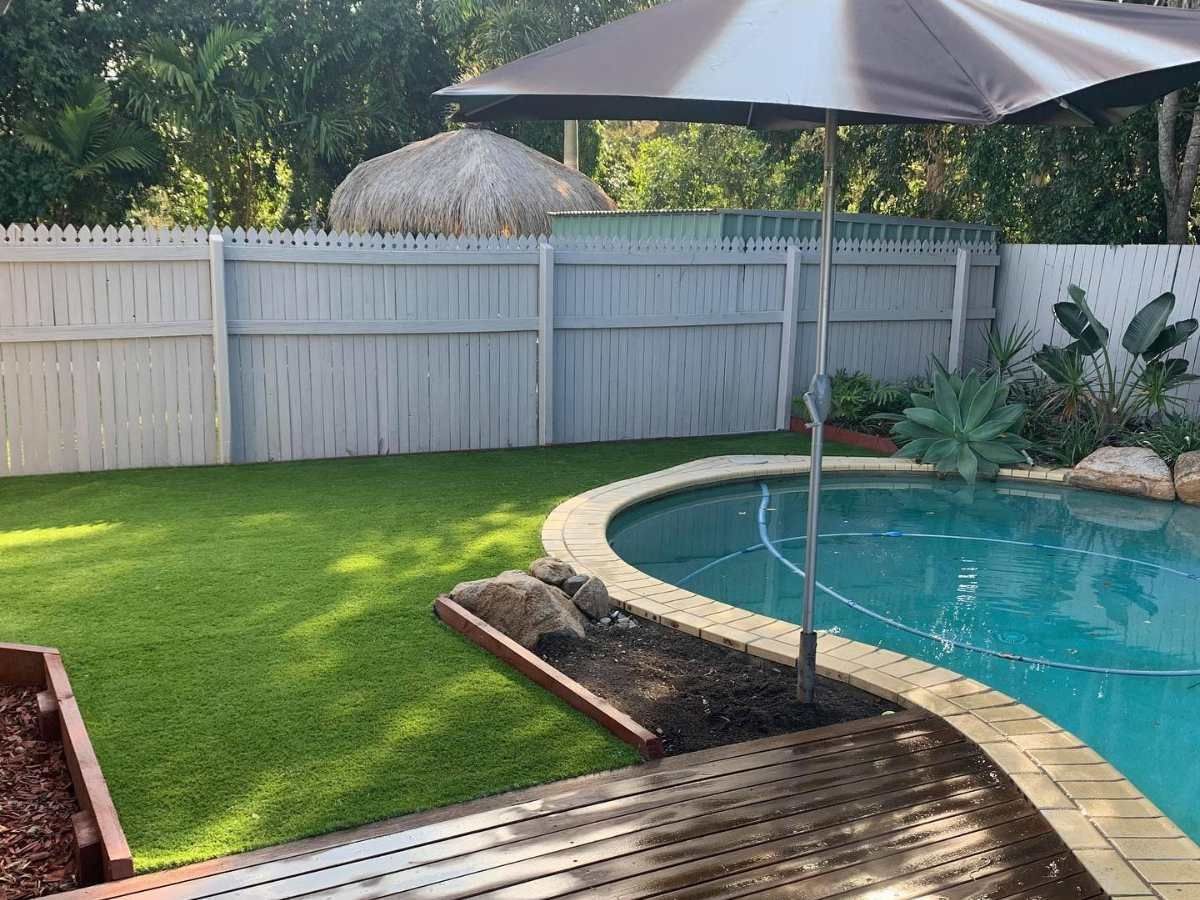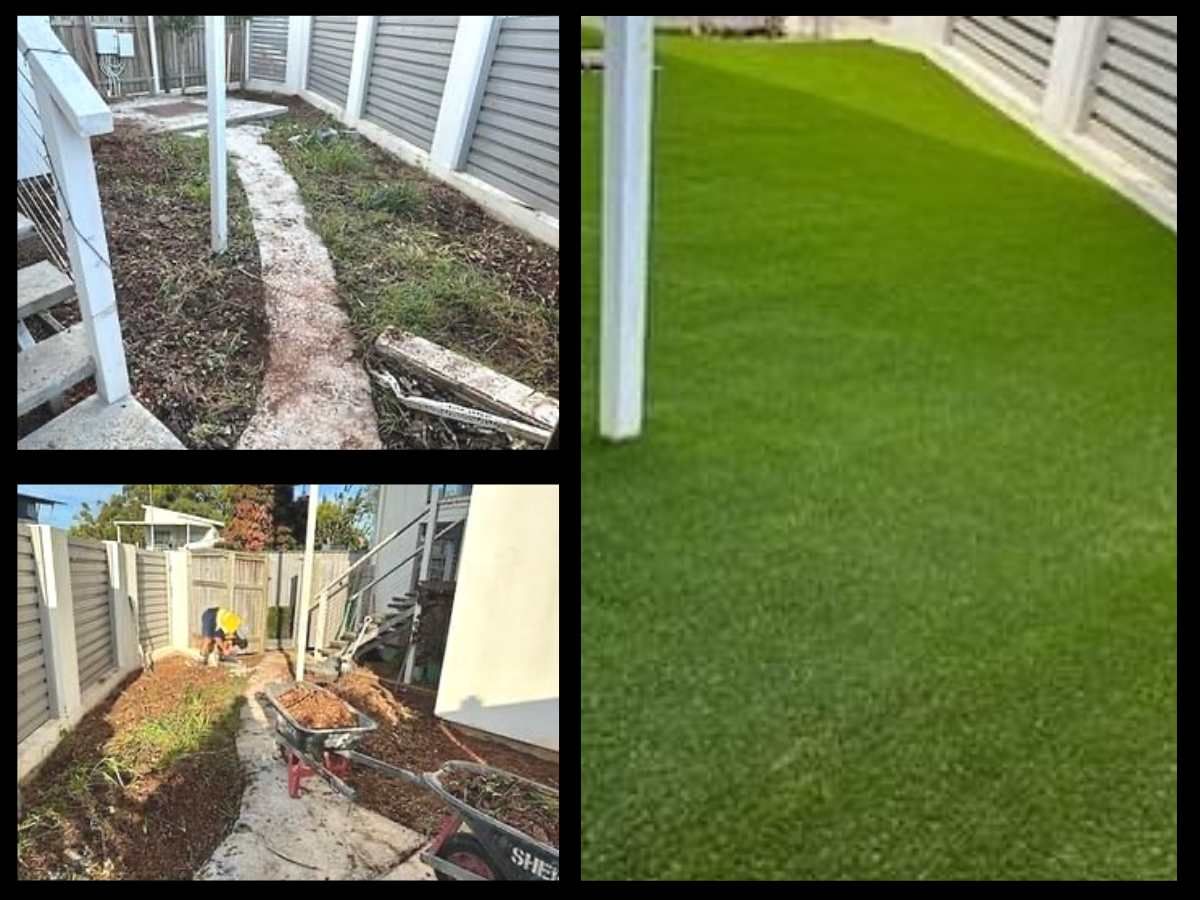Does Artifical Grass Drain Well?
Many homeowners are choosing to install artificial grass in their yards because it is a low-maintenance option for those who don't have time or the inclination to keep up with their natural lawns. The benefits of fake grass are many and one question that many people ask is whether or not artificial grass drains well. Let’s look a bit deeper into the benefits of the product itself and how installation affects drainage.
Artificial Grass On The Rise
You may have seen artificial grass in front of homes and businesses, but have you ever wondered if it drains well? Artificial grass is a popular alternative to natural grass because it is durable and low maintenance. It is also a green alternative to natural grass. The benefits of fake grass are plenty which is why so many of us are choosing artificial turf. A few of the most popular uses are:
- Front yards
- Backyards
- Playgrounds
Artificial grass can also be used for many other purposes such as sports fields, golf courses and even private lawns on boats or yachts!
How Does Artificial Turf Drain?
With the wet and wild weather we’ve been experiencing Australia wide, it is important for us in Brisbane to consider the products we use in our yards and how they can prevent flooding. Fake turf is an excellent choice for many as it is made of permeable materials that allows water to run through them into the ground below them. In addition, the base product itself is a combination of synthetic materials that also allows water to drain quickly into the earth below it.
Installation Matters
Artificial grass is made from a permeable material that allows water to drain but that doesn’t full-proof you yard from flooding. While one of the benefits of fake grass is that the product allows water to flow through it naturally, proper installation is imperative during times of heavy rain. Whether you’re looking to do a DIY installation or have a fake turf supplier install for you, there are a few important considerations to take into account.
Installing Fake Grass Over Concrete
If you’re installing your fake grass over concrete or pavers, you need to ensure the slope is appropriate for the area. The general rule for hard surfaces is a 1% slope and away from your property. This slope can be achieved when preparing the turf base which will ensure no puddles, proper drainage and a long lasting product.
Installing Fake Grass Over Organic Surfaces
If you’ve chosen to install fake grass over organic surfaces such as soil, you will also need to achieve a proper slope to prevent flooding and waterlog. With an organic surface, you will need to achieve a 2% slope when building the turf base.
Are you installing over clay-based soil? If so, you will need a minimum of 15cm of gravel or crusher dust to ensure the water can flow through. If you’re installing over a softer surface, a 7cm turf base will be sufficient. This installation process will reduce the amount of water that builds up in between your lawn’s blades and prevents soggy conditions from developing on top of your synthetic grass.
Artificial Grass For Easy Up Keep
There are many benefits of fake grass in place of natural turf, such as reduced maintenance requirements and improved aesthetics by not needing watering or mowing every week during hot summers or dry winters. Adding to the list of benefits is the design with drainage in mind and has been proven to work well in wet weather.
If you’re considering installing fake grass in your yard, contact us today to find out how our fake turf can make your life that much easier.





